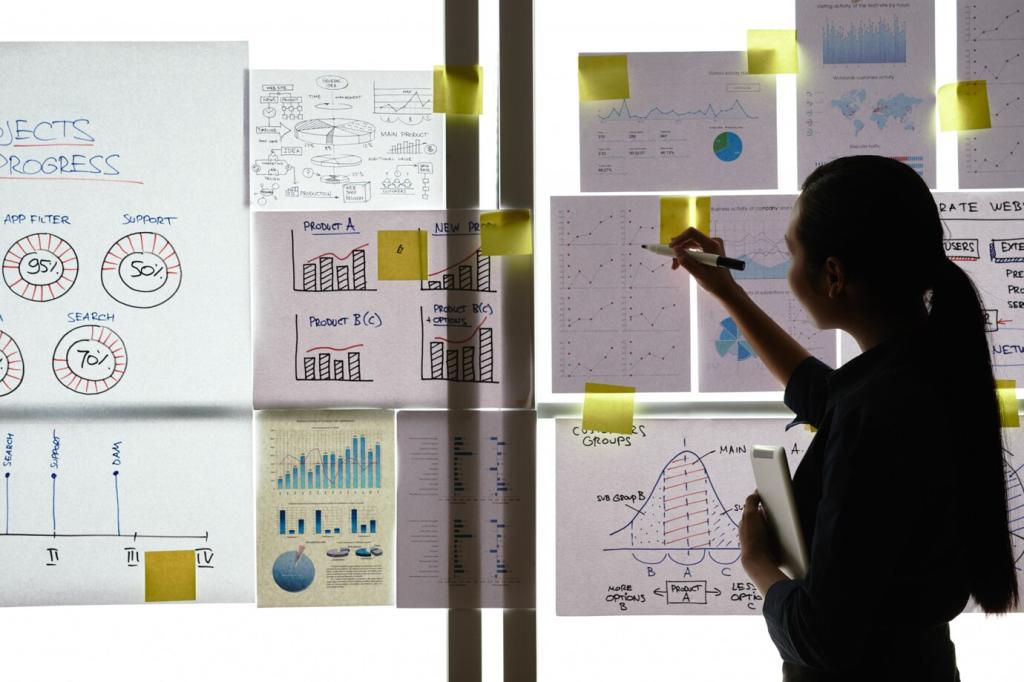Managing Deadlines: Tips and Tricks — Your Playbook for Hitting Dates Without Burnout
Selected theme: Managing Deadlines: Tips and Tricks. Dive into practical, story-backed methods for planning backward, protecting focus, and communicating clearly so due dates become momentum, not panic. Share your experiences in the comments and subscribe for weekly deadline-smart insights.


Start with Clarity: Define the Deadline and the Deliverable
If the deliverable is vague, the date is fiction. Capture acceptance criteria, examples, and exclusions in one page your team can defend. Last winter, we rescued a launch by cutting two dazzling extras that did nothing for success.
Start with Clarity: Define the Deadline and the Deliverable
Start from the final handoff and walk backward through approvals, testing, and prep. Schedule irreversible steps first. When a client moved a review forward unexpectedly, our backward plan absorbed the shock without wrecking the timeline.
Plan Backwards with Buffers
Build buffer zones
Insert small cushions before critical reviews and integrations. Buffers are not laziness; they are insurance against reality. In a nonprofit campaign, a two-day buffer absorbed late photography, keeping the print deadline comfortably intact.
Milestones, not miles
Break the journey into visible checkpoints with mini-deadlines. Celebrate crossing each threshold to maintain morale. A team that sees progress every week resists panic better than a team staring at one intimidating final date.
Schedule risk like a realist
List likely risks, estimate impact, and pre-decide responses. Planning fallacy and optimism bias are real; counter them with contingency plans. We drafted alternate copy before translation delays hit, then switched instantly and shipped on time.
Timeboxing and Focus Rhythms
Use focused intervals to attack one slice of the deliverable, not the entire project. After four rounds, schedule a review or handoff. A junior designer beat her first big deadline by treating each screen as a separate tomato.
Timeboxing and Focus Rhythms
Assign days to modes: Monday planning, Tuesday production, Wednesday review. Context stays stable, which lowers switching costs. During a tight sprint, themed days kept our brains aligned and made status reporting painfully simple and timely.


Tools That Tame the Clock
Map work as cards across stages: to do, in progress, review, done. Limit work in progress to reduce bottlenecks. When our review column swelled, we capped it, paired reviewers, and watched lead time shrink predictably.




Energy, Not Just Time

Schedule demanding tasks when your energy peaks, and stack shallow work later. During a critical week, we protected two morning hours daily, and that single habit carried the entire project across the finish line gracefully.
